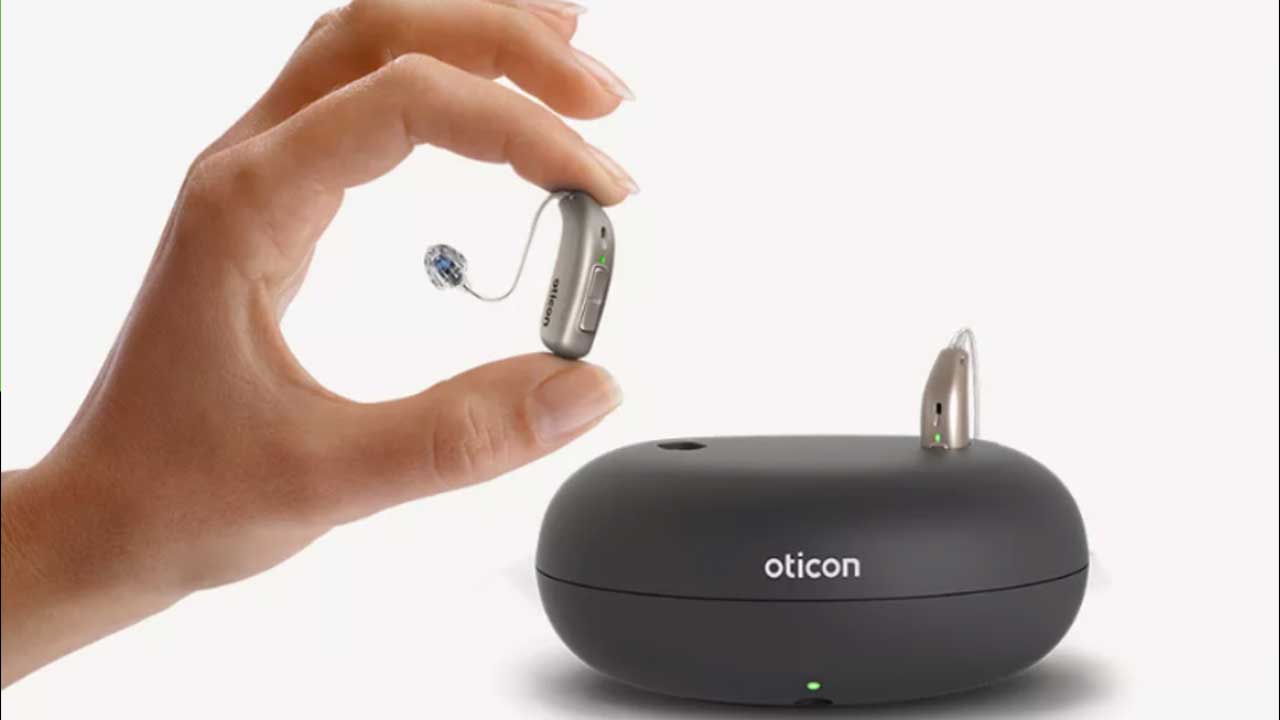Automated Feedback Collection: Enhancing Customer Insights
In today’s highly competitive market, understanding customer preferences and improving services is vital for any brand’s success. Automated feedback collection is a powerful tool that helps brands gather valuable insights from customers after a purchase or interaction. This blog will explore the benefits, methods, and implementation of automated feedback collection, providing a comprehensive guide to leveraging this technology for better customer satisfaction and business growth.
The Importance of Customer Feedback
Why Feedback Matters
Customer feedback is crucial for businesses to understand their customers’ needs and preferences. It helps in identifying areas of improvement, gauging customer satisfaction, and shaping future products and services.
Benefits of Collecting Feedback
Improved Products and Services: Direct insights from customers help in refining products and services.
Enhanced Customer Experience: Understanding customer pain points leads to better service delivery.
Increased Customer Loyalty: Acting on feedback shows customers that their opinions are valued, fostering loyalty.
Data-Driven Decisions: Feedback provides data that can drive strategic decisions and innovations.
Automated Feedback Collection Methods
Post-Purchase Surveys
Automated surveys sent after a purchase can capture immediate reactions and detailed feedback about the buying experience.
In-App Feedback
For digital products, in-app feedback tools can collect user opinions seamlessly without disrupting their experience.
Email Feedback Requests
Automated emails requesting feedback can be customized and timed to ensure higher response rates.
SMS Feedback
SMS feedback requests can reach customers on their mobile devices, providing a quick and easy way to collect their opinions.
Implementing Automated Feedback Collection
Choosing the Right Tools
Selecting the appropriate tools for automated feedback collection depends on your business needs and customer base. Some popular options include SurveyMonkey, Typeform, and in-app feedback SDKs.
Integration with Existing Systems
Ensure that the feedback tools integrate smoothly with your existing CRM and customer service platforms for seamless data flow and analysis.
Personalizing Feedback Requests
Personalize feedback requests to make them more engaging. Address customers by name, reference their recent purchase, and explain how their feedback will be used.
Timing and Frequency
Timing is crucial. Send feedback requests soon after the purchase or interaction to capture fresh opinions. However, avoid overloading customers with too many requests.
Analyzing and Acting on Feedback
Data Analysis
Use analytics tools to process feedback data, identify trends, and pinpoint specific areas needing attention.
Implementing Changes
Based on feedback, implement necessary changes to improve products, services, and customer experience. Inform customers about the changes made due to their feedback to build trust.
Continuous Improvement
Feedback collection should be an ongoing process. Regularly update your feedback strategies to keep up with changing customer needs and preferences.
Conclusion
Automated feedback collection is a strategic approach to gaining deeper insights into customer demands and preferences. By leveraging the right tools and methods, brands can enhance their products, services, and overall customer experience. Continuous improvement driven by customer feedback not only helps in retaining existing customers but also attracts new ones, ensuring long-term business success.
FAQs
1. What is automated feedback collection?
Automated feedback collection refers to the use of technology to gather customer feedback without manual intervention. This can include post-purchase surveys, in-app feedback tools, and automated email or SMS requests.
2. Why is customer feedback important?
Customer feedback is essential for understanding customer needs, improving products and services, enhancing customer satisfaction, and making data-driven business decisions.
3. How can I ensure a high response rate for feedback requests?
Personalize your feedback requests, send them promptly after a purchase or interaction, and ensure they are easy to complete. Offering incentives can also encourage higher response rates.
4. What tools can I use for automated feedback collection?
Some popular tools for automated feedback collection include SurveyMonkey, Typeform, and various in-app feedback SDKs.
5. How should I act on the feedback received?
Analyze the feedback data to identify trends and specific areas for improvement. Implement necessary changes and inform customers about the improvements made based on their feedback.
6. How often should I collect feedback?
Feedback collection should be a continuous process. However, avoid overwhelming customers with too many requests. Adjust the frequency based on customer interactions and business needs.









